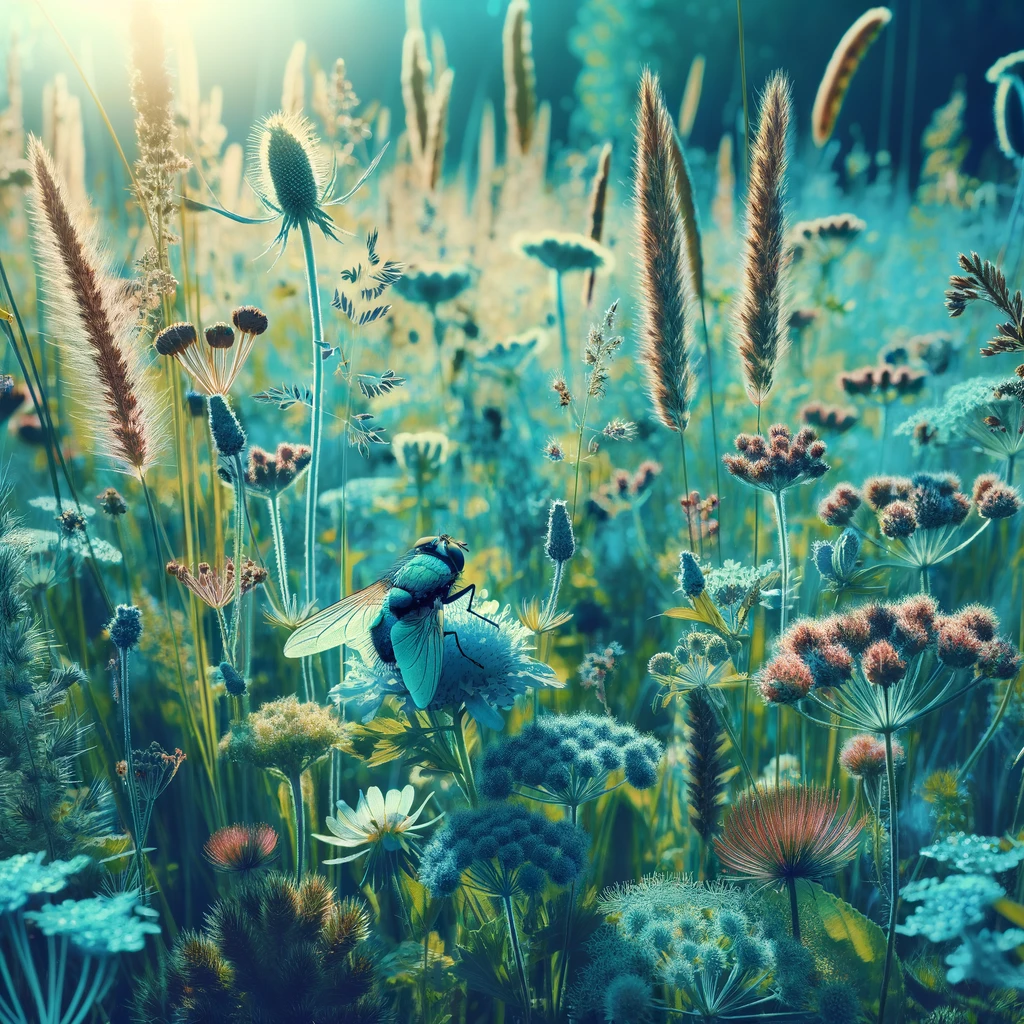
*Copyright © karl loftus RLWJ . All rights reserved. Unauthorized copying, reproduction, or distribution of the pictures on this page and site karlsideas.com is strictly prohibited. Legal action may be taken against copyright infringement. # Where are the insectz
Press here for more details:
Wondering Where are the insects?
Dear Wirral community, In recent years, a troubling trend has emerged in the natural world: global insect populations are declining at an alarming rate, with some even teetering on the brink of extinction. This phenomenon is not uniform across all species or locations; however, the overall trend paints a grim picture. Here we delve into this critical issue, explore its potential impact on our future, and discuss how we can take action to prevent further decline..
Press here for more details:
It’s important to note that the crisis is not limited to specialist insects, which are often more sensitive to environmental change. Even common and generalist species, traditionally considered more resilient, are witnessing a significant decline. The principal reason for this decline, according to experts, is habitat loss. As urban areas expand, there is simply less space for insects to thrive..
The Silent Decline
Over 40% of all insect species are in a severe decline, with a third facing the risk of extinction. Data suggests a decline rate of at least 2.5% per year. The analysis indicates that a quarter of insects could disappear within just a decade, threatening the stability of our ecosystems.It’s important to note that the crisis is not limited to specialist insects, which are often more sensitive to environmental change. Even common and generalist species, traditionally considered more resilient, are witnessing a significant decline. The principal reason for this decline, according to experts, is habitat loss. As urban areas expand, there is simply less space for insects to thrive..
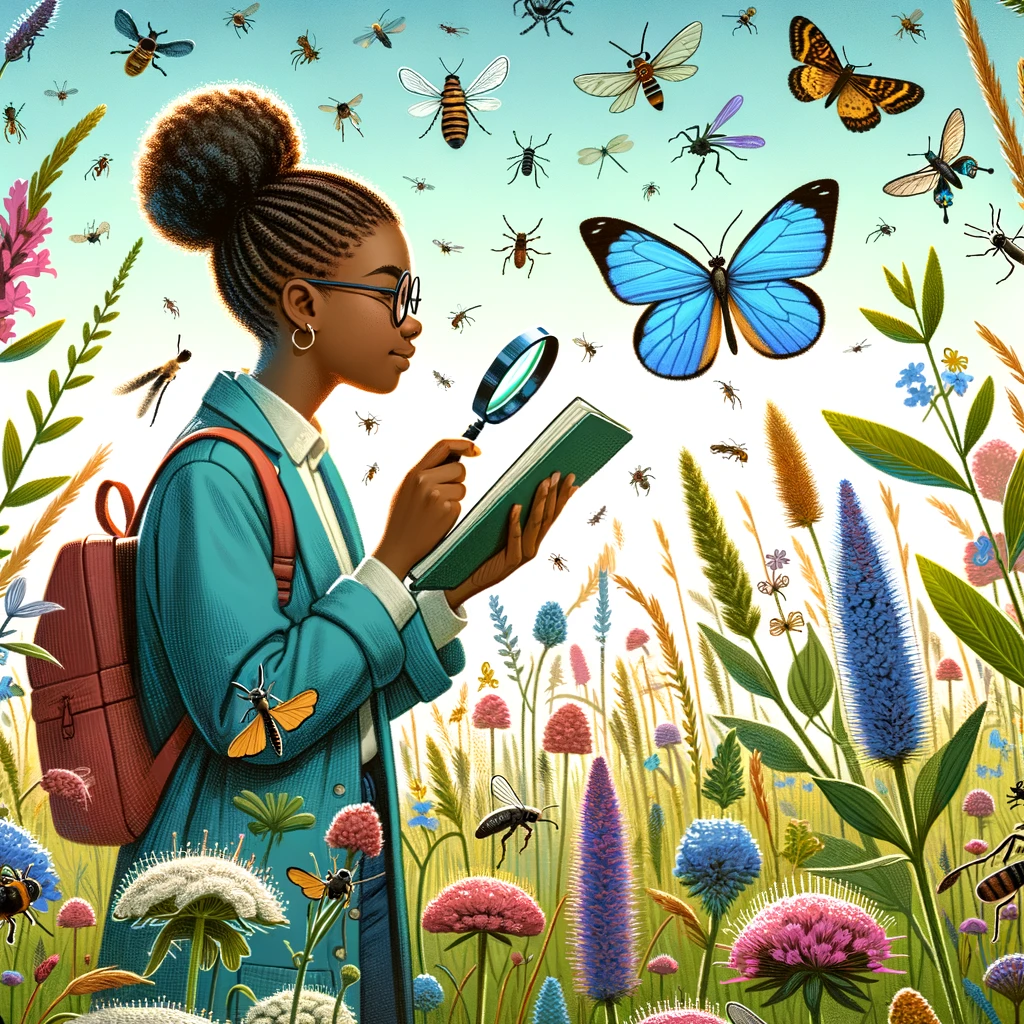
Press here for more details:
Why It Matters: The Significance of Insect Conservation
Insects form the basis of many food webs, serving as the primary food source for birds, amphibians, fish, and reptiles. They’re crucial pollinators of our crops and vital for cycling nutrients like carbon and nitrogen through terrestrial ecosystems. The loss of insect biodiversity could therefore have far-reaching consequences, jeopardizing food security and ecosystem health..Press here for more details:
The Unsung Heroes: Diptera or Flies: What Makes Them Vital?
One group often overlooked in insect population studies is Diptera, commonly known as flies. These organisms play a critical role in various ecosystems due to their vast numbers and varied roles, including pollination. The lack of long-term studies and data on Diptera trends is an alarming knowledge gap that needs to be addressed..Press here for more details:
Geographical Biases and Knowledge Gaps
There’s also a noticeable geographical bias in our knowledge. Most studies focus on the northern temperate regions, leaving tropical areas understudied. For instance, the only study on Australian insects concentrates on the non-native honeybee. This gap underscores how little we truly understand about global insect populations..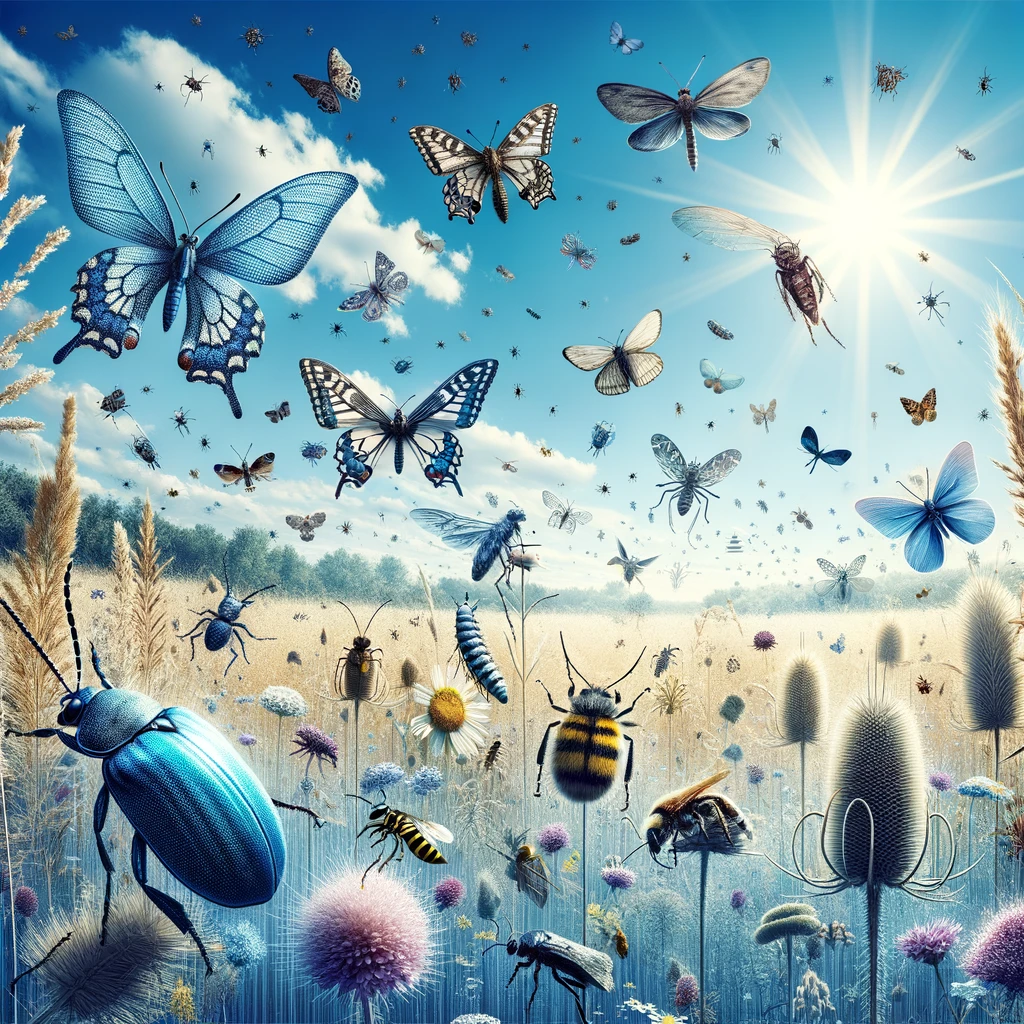
Press here for more details:
Greater research is also needed to fully understand the decline’s mechanisms and potential effects of climate change on flora that insects depend on. Natural history collections can provide a historical baseline of insect populations, serving as a powerful tool to comprehend how they have changed over time..
A Call for Action: How Can We Safeguard Insect Populations?
One of the simplest immediate solutions is reversing harmful land-use changes. Restoring wildflower-rich meadows and managing existing habitats could help patch the disjointed habitats that have survived. With proper management, even small habitat patches can host large insect populations.Greater research is also needed to fully understand the decline’s mechanisms and potential effects of climate change on flora that insects depend on. Natural history collections can provide a historical baseline of insect populations, serving as a powerful tool to comprehend how they have changed over time..
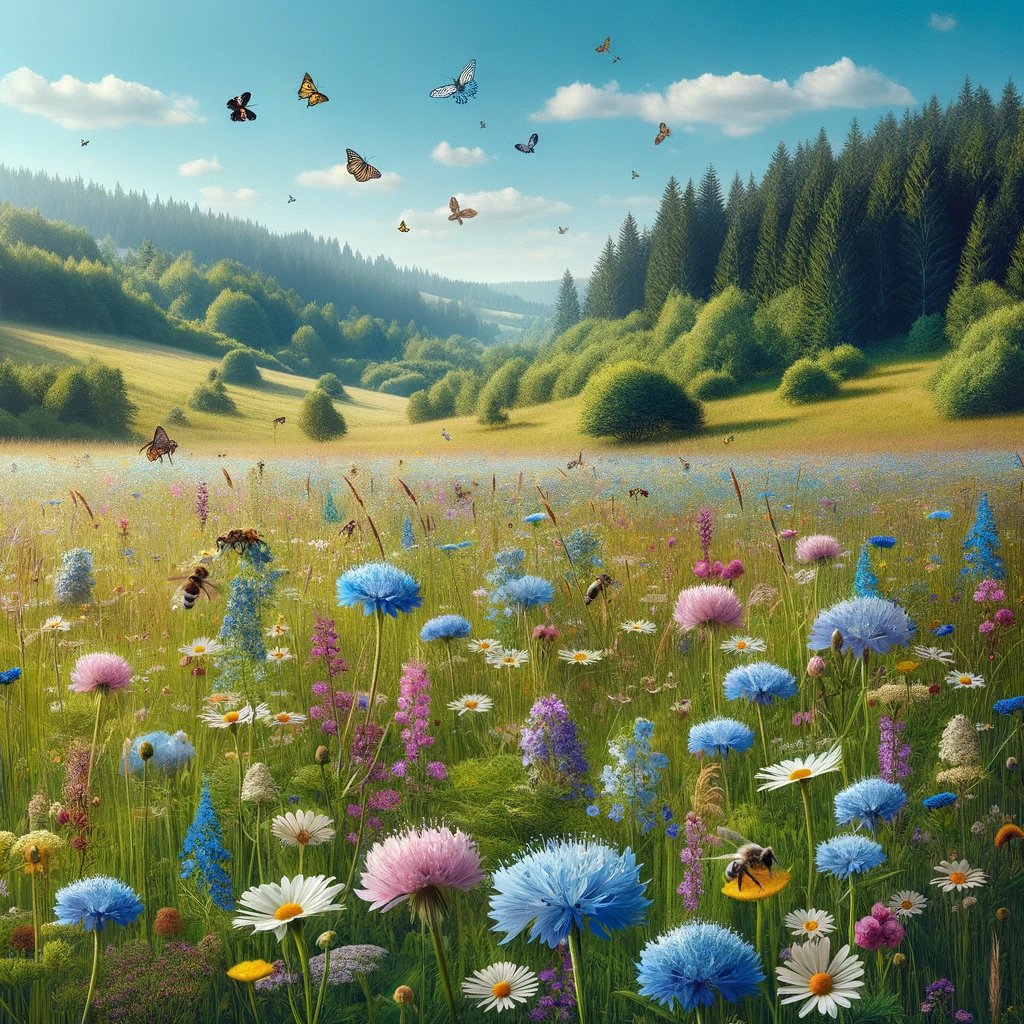
Press here for more details:
Simple Actions, Significant Impact
Making our gardens more insect-friendly can be a small but effective step. Cutting grass less frequently can promote the growth of wildflowers that pollinators and other insects depend on. Allocating a portion of your garden to long grass can provide egg-laying and shelter spaces for insects. Even creating log piles can protect beetles while adding nutrients to the soil. Monitoring insect populations and participating in community science projects like Bugs Matter can contribute valuable data for researchers. The decline in insect populations might seem overwhelming, but even the smallest actions can make a significant impact. Insects, despite the threat they face, remain the most diverse and abundant animals in the world. If we give them the chance to recover, they are likely to rebound strongly..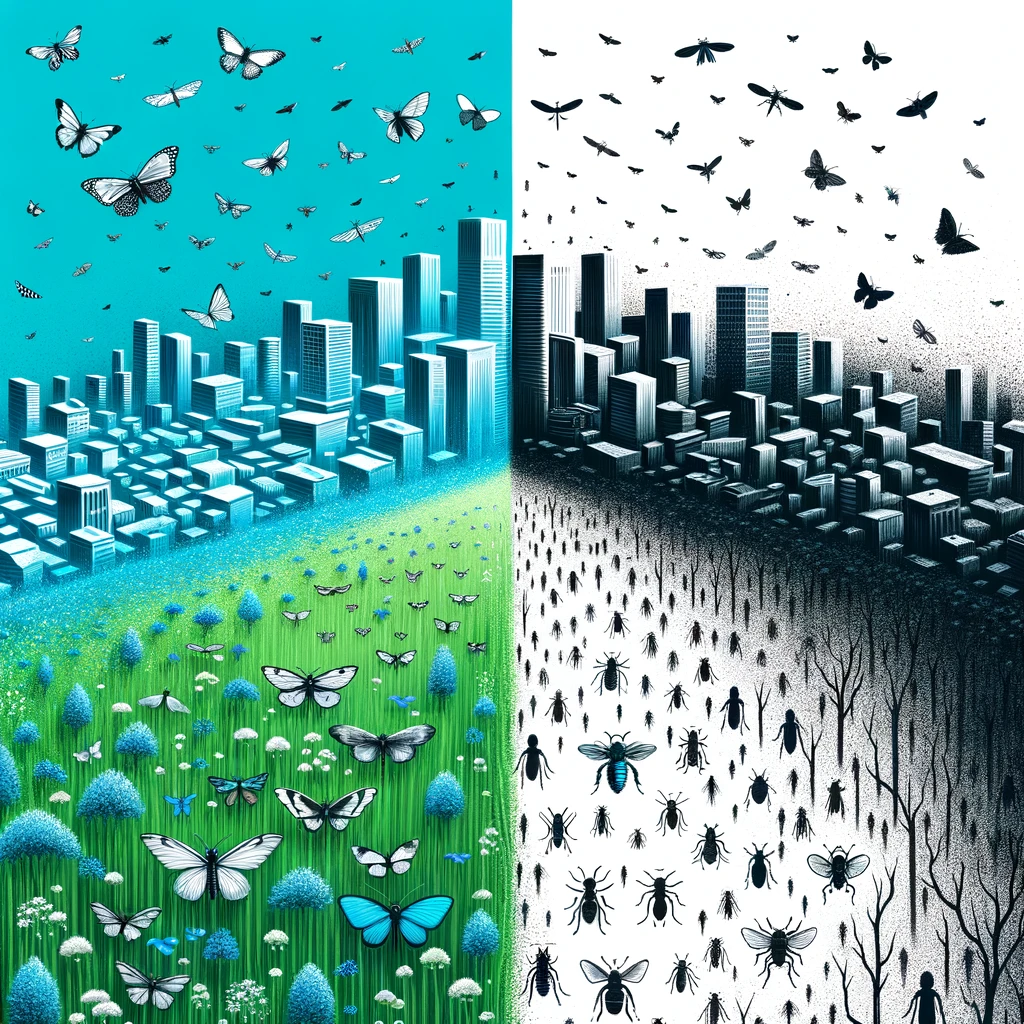
Press here for more details:
This is a Education Blog from me, karl loftus RLWJ, to document a time in history from my own story and perspective. Let’s embrace our role as stewards of our planet, and ensure a healthy future for all its inhabitants, insects included.
#WirralTallGrass
Let’s Go!!!
My Team at karlsideas.com
My Disclaimer
This is a Education Blog from me, karl loftus RLWJ, to document a time in history from my own story and perspective. Let’s embrace our role as stewards of our planet, and ensure a healthy future for all its inhabitants, insects included.
#WirralTallGrass
Let’s Go!!!
My Team at karlsideas.com

Where are the insectz, The Majesty and Beauty of Insects
Where are the insectz, Insects, often overlooked, are remarkable creatures that have a profound impact on ecosystems and possess intriguing features. Here are some awe-inspiring facts about these tiny marvels:
Five Fascinating Facts on Insects
- Butterflies taste with their feet. Their feet have sensors that tell them whether the leaf they’re standing on is good for laying eggs or if the nectar is sweet enough to drink.
- There are over one million known species of insects, and many experts believe that there could be between six to ten million species on Earth.
- The Dragonfly has been around for over 300 million years, making them one of the first insects to inhabit this planet.
- Fireflies, also known as lightning bugs, produce light in their lower abdomen to attract mates and prey, showcasing nature’s bioluminescence at its finest.
- The Hercules beetle can carry up to 850 times its own body weight, making it one of the strongest creatures on Earth relative to its size.
Insects, with their diverse forms and incredible adaptations, remind us of the wonders of the natural world and the intricacies of life on Earth.
My Team at karlsideas


Leave a Reply